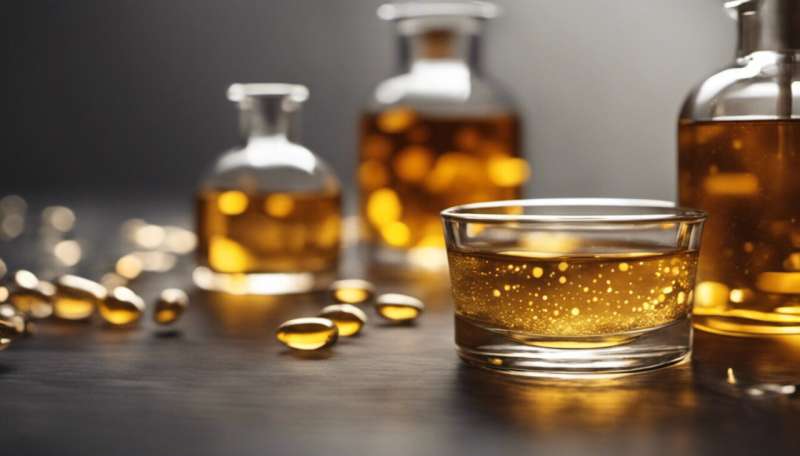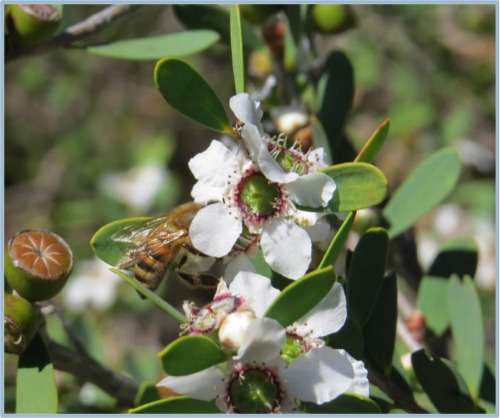Scientists on the hunt for medicinal liquid gold

A sweet pantry staple often smeared on toast or added to tea, honey also has a long history as a powerful natural healer.
The amber liquid has been highly prized for its antibacterial activity since the ancient Egyptians, but scientists recently rediscovered its medicinal potential.
New Zealand Manuka Honey currently dominates the lucrative medical-grade honey market, with worldwide demand increasing in recent years.
Manuka honey is produced from pollen from the Leptospermum tree species, of which New Zealand has two types, while Australia has more than 80.
Scientists are currently conducting the first comprehensive study of Australian Leptospermum honey to test if it could rival the New Zealand product.
University of Technology Sydney microbiologist Dr Shona Blair has more than 15 years' experience investigating Australian honey's therapeutic potential, and is part of the five-year research project.
She says results from testing more than 460 samples of Australian honey, including from WA, were encouraging.
"We know that some Australian leptospermum honeys are definitely as good as the Manuka from NZ," she says.
Dr Blair says if the study is successful, it would add value to Australian honey and be a welcome boost for the country's struggling beekeeping industry.

She says honey produced from Leptospermum nectar contains high levels of the chemical compound dihydroxyacetone, which produces an antibacterial phytochemical, methylglyoxal.
The presence of methylglyoxal, combined with hydrogen peroxide—which kills germs—and high sugar content—which absorbs moisture from wounds—contribute to honey's potent antimicrobial activity.
Dr Blair says it is highly effective at treating slow-healing wounds, including cuts, infections, ulcers and burns.
"The amazing thing about honey is it does a great job of preventing future infection and also seems to stimulate the healing process," she says.
"It seems to have anti-inflammatory properties, which is very useful for treating burns."
Dr Blair says it could be a powerful tool in the battle against strains of bacteria resistant to treatment by antibiotics called superbugs.
"Honey kills these superbugs…we are looking at the honey to give us clues about how it works to attack the superbugs," she says.
"We have done experiments in the lab trying to see if we can get some of the germs to be resistant to honey and we haven't managed to do that yet."
Dr Blair says if medical-grade honey was used more often for wound care in conventional medicine, there could be a decline in the use of some antibiotics, which could help slow the superbugs.
Provided by Science Network WA
This article first appeared on ScienceNetwork Western Australia a science news website based at Scitech.



















